It is Thursday morning as I write this. That’s the schedule: write Thursday morning, edit Friday morning, take a last look review Saturday morning.
Today I am supposed to write the post for ‘I am Brave.’ But that is not what is on my mind. Or on my heart.
Today I’m thinking about what happened on Capitol Hill yesterday/Wednesday. Not the part about the vote for or against rejecting legally elected-electors, but the incursion into the building.
If you ever wanted an example of white privilege, ever wondered if it really existed, you just got a blatant and astonishing example.
I was on several Zoom calls on Wednesday. Just before my lunchtime call, the current President had directed his throng to march on the Capitol.
Remembering the protests from last summer, I assumed if the crowd got too close, too threatening, rubber bullets would be deployed and that would be the end of that.
As you know, that isn’t what happened.
How can a mob be allowed to storm the Capitol and—even more shocking—be allowed inside?
Then I remembered: Caste, by Isabel Wilkerson.
If you haven’t read it, I can’t recommend it highly enough. Caste isn’t just my ‘best non-fiction book’ of 2020, it’s my best of the last twenty years.
Key quote: ‘Race is the skin and caste is the bones.’
Key takeaways:
- Just like India, the US has a caste system.
- The caste system doesn’t just impact interpersonal relationships, it impacts everything. It is embedded and enforced through our systems and structures. Everything that reinforces ‘this is how we do things here’ reinforces caste.
- When Nazi Germany wanted to learn how to separate their citizens who were Jewish from everyone else, so they could denigrate, steal from, and kill them, they turned to the United States. Nazis studied us to learn the means and methods we used to separate Americans who are Black from everyone else, so we could denigrate, steal from, and kill them.
- The caste system in the US is codified by color. This graphic shows the hierarchy, and uses the blunt language of our racial construct:
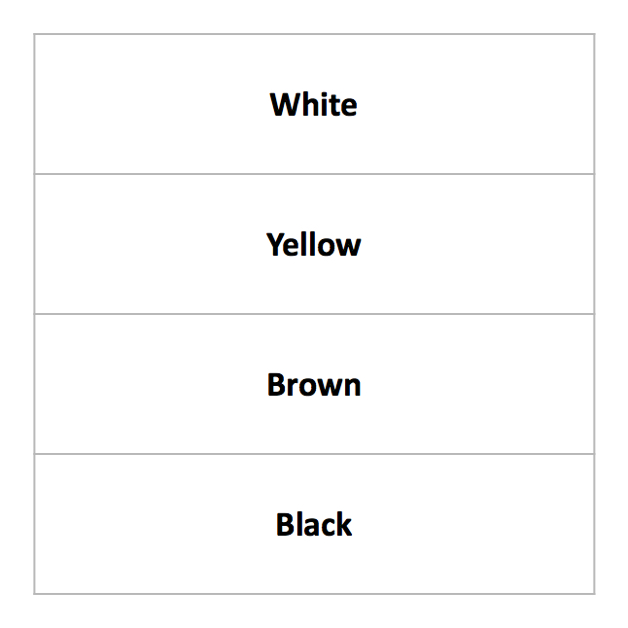
- The graphic above is misleading. It fails to represent the hard line that separates White and Yellow from Brown and Black. That red line is the line of privilege. Privilege gives the benefit of the doubt, leeway, forgiveness.
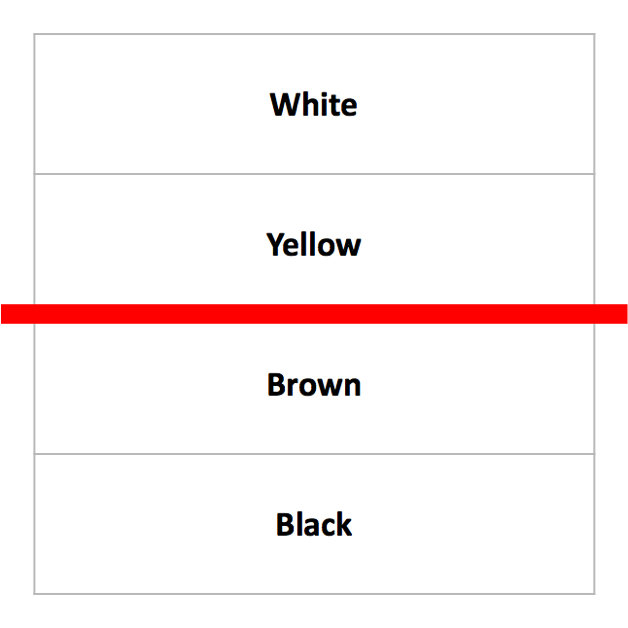
- The farther you are above the red line, the more privilege you have. Below the line, you have little privilege. At the bottom, you have none.
- Without privilege, you do not get the benefit of the doubt. You do not get leeway. You do not get forgiveness. At best, you are met with indifference. At worst, you are met with deadly force.
To see the impact of privilege, we can look to Washington DC and compare the crowd gatherings of last summer to the crowd gatherings of yesterday. [With ‘crowd gatherings,’ I am intentionally—for now—using the most neutral language I can think of.]
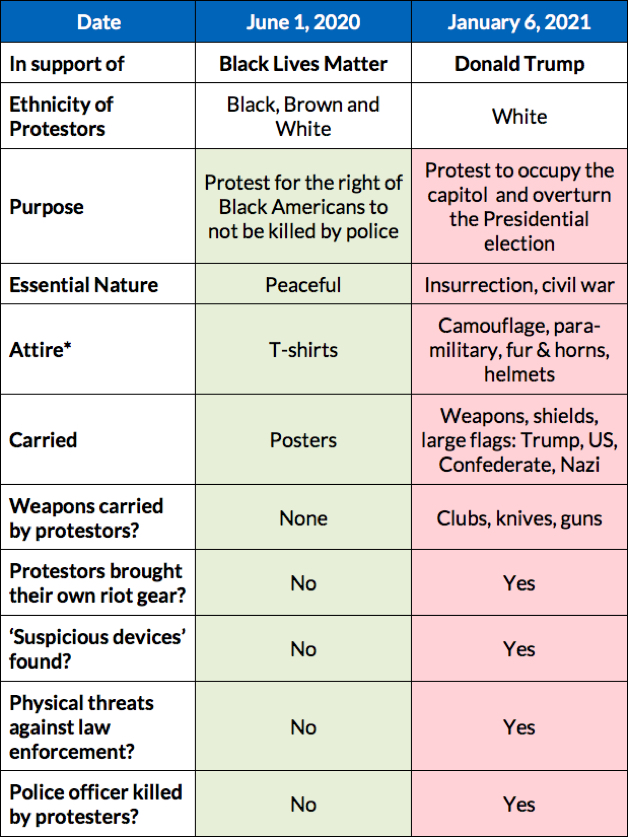
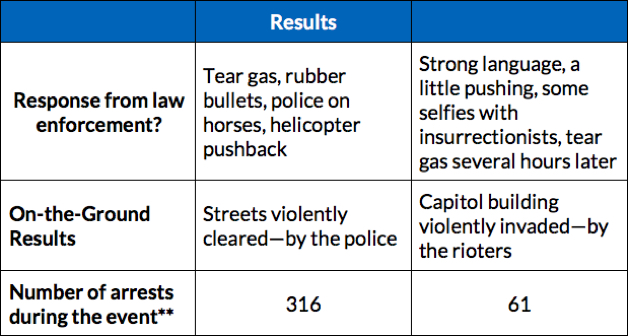
*“When you leave the totems of your usual identity behind you free yourself from the laws that govern that identity and assume those of another character….” – Vanessa Friedman, fashion director and chief fashion critic at the New York Times.
**According to CNN as of 2020.01.09
The peaceful Black Lives Matters protesters were met with:
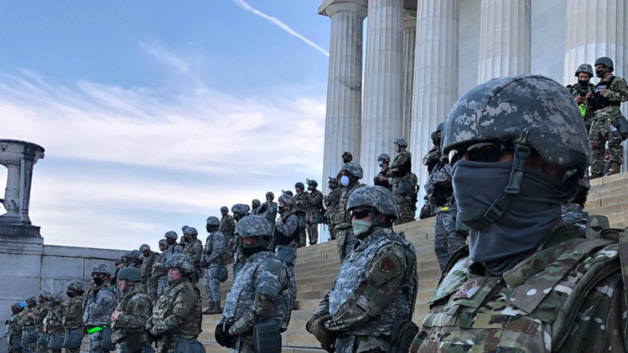
The violent Trump mob was met with:
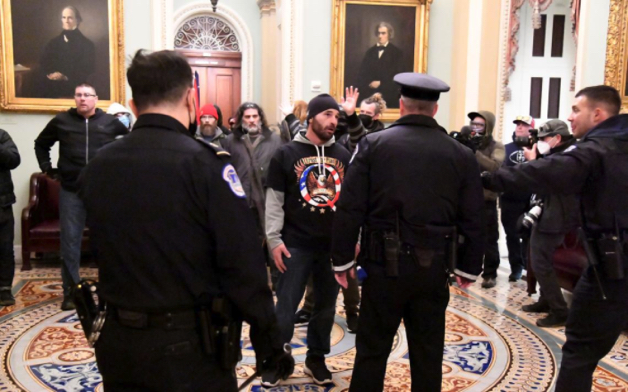
The double standard was never clearer.
The double standard cannot continue.
A response of “I’m not racist” is insufficient. We must be actively anti-racist. If you’d like to support this work financially, consider contributing to the Equal Justice Initiative.
Chewing the Cud of Good
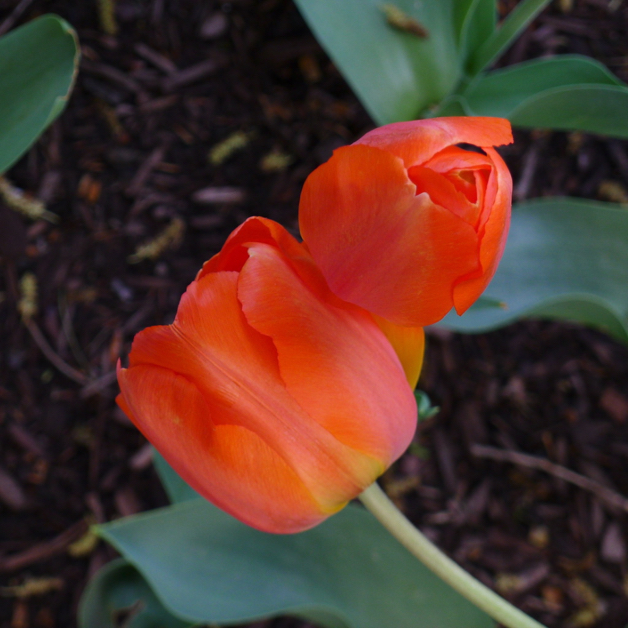
Thankful that my mom and I both lived long enough to finally be in a good place with one another.